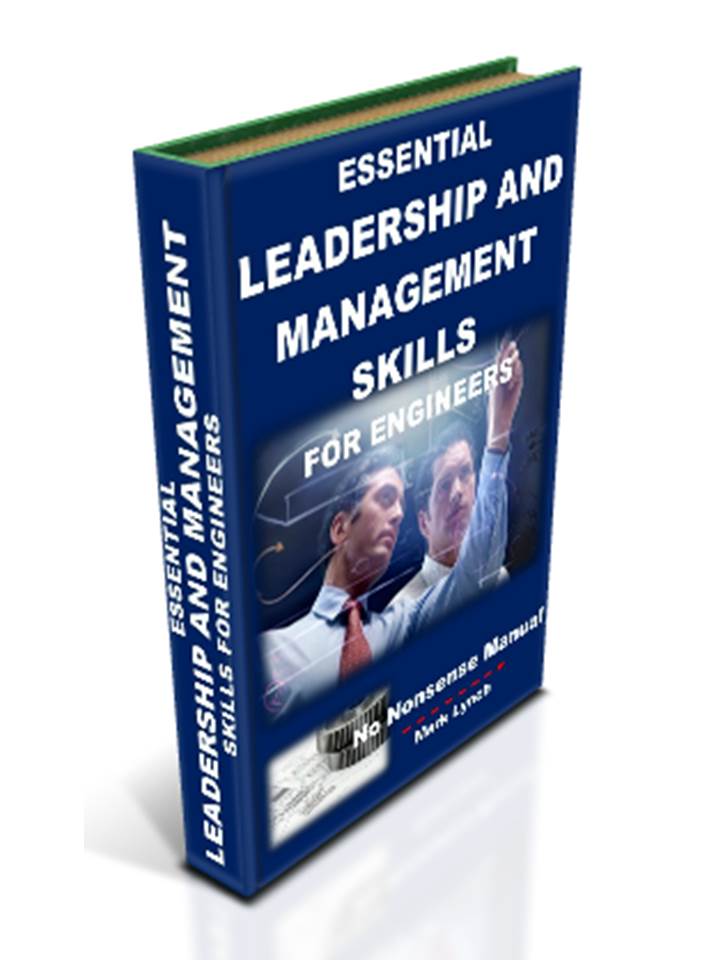'Hands-on Help for SMEs' and Smart Technical People'
Supply Chains and Manufacturing & Technical SMEs
Supplier Selection & Evaluation:
Supply Chain Management, Analysis and Approval. Plus Procurement, Purchasing and Negotiation
Daniel Glaser introduces the strategy and process for selecting and certifying suppliers.
Daniel Glaser explains tools and techniques commonly used in purchasing management and consist of project management, learning curve analysis, value analysis-value engineering, quantity discount analysis, and process mapping.
Daniel Glaser discusses purchasing management's organizational objectives, Purchasing responsibilities, the purchasing process, the requisition and the PO.
Ian Johnson outlines five purchasing and procurement strategies all geared towards lowering vendor prices and or reducing supply chain and inventory management costs.
These strategies are put forth from someone who has worked in sales and marketing for 20 years and wanted to combine the best strategies employed by the best purchasing negotiation teams. In essence, these strategies come from those purchasing and procurement agents I have negotiated with. They include the most successful strategies employed against me.
The first includes not tipping your hand and or broadcasting your needs too soon in the negotiation process with a salesperson. Instead, nail down your price and then use your requests, needs and or concession to reduce pricing. For instance, agree upon a final price and then ask for a discount or reduced price for 1) prepaying total or a portion of your purchase, 2) prompt payment incentives like net-10 day terms 1 to 2 percent discount or 3) increasing volumes or committing to long-term supply contracts or orders.
The second tip includes avoiding using veiled threats - which are simply threats you have no intention of following through on. When you threaten vendors too much without ever following through on a threat, then you are simply training them not to take your threats seriously.
Third, match a high-value concession for a high-value concession. In this case, come up with a list of requests and or "must-haves" as outcomes from the price negotiation. When the salesperson makes a request, make sure you counter with one of your own of equal value.
Fourth, when it comes to getting price reductions from a salesperson, you have to sometimes appeal to their better nature. In this case, add a little personal touch to your negotiations. Ask for a price reduction by outlining the pressures and demands that are placed upon you as a purchasing agent. In this case, you have to attain a certain inventory cost structure so ask your salesperson to help you attain that.
Finally, keep your vendor honest by constantly going out for competitive bids. Even the best of vendors can become complacent. However, if they know you know as much about pricing in the market as they do, then those vendors will be less likely to take advantage of you.
Next... Should I Make or Should I Buy? - Outsourcing decision making for Manufacturing SMEs
Back to Supply Chains for Small Manufacturers











